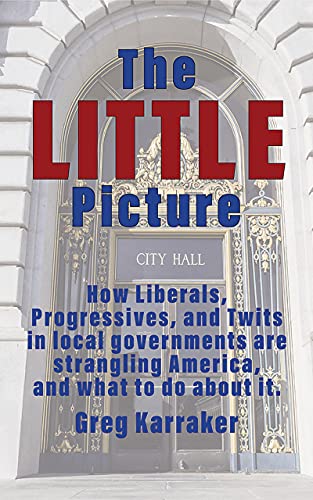
And I thought the J6 book had a long title – shew!
This book came to my attention thanks to a recent article on American Greatness by the author. Since I was waiting to see if the name of the “progressive” mayor of a certain medium-sized city I work in came up as part of the AG article, I was intrigued enough to buy the book, which also was handy enough to use the exact remainder of my gift card balance with the retailer. (Fiscal conservatism, or a sign?)
Once TLP came into my hot little hands, I realized this book was in the same vein as Rise and Fall – a book that came out of a niche the author wanted to create and an opinion he wanted to express, without necessarily having a large market waiting on it. I don’t know if Greg unsuccessfully shopped the idea to publishers or simply wanted complete creative control over the product, but he went the self-publishing route like I have. Also like me, he has a website but in his case it specializes in his topic. (Rise and Fall had a dedicated website as well, but it was intended as promotional.)
This book is a little bit like going downhill – it starts out slowly and picks up speed as it goes along, moving quickly in its last few chapters. (The introductional items and Chapters 1 through 5 take up 183 pages, while the last four barely make it to 110.) It takes Karraker a long time to get to points at times, and the one issue I have with the book is that at times he likes to drill down and get a little too fine-pointed in his arguments and examples. I didn’t need eight pages worth of the names or places where mayors have been convicted of corruption or nearly five pages devoted to reprinting Article 1, Section 8 of the Constitution. It’s a nearly 300 page book that probably could have and should have been distilled to about 250.
Even with that, there is a lot of good in the chapters, some of which have great titles like Give Me That Old-Time Corruption, The Planny State, or Tools Against Radicals. (Greg’s a punny guy after my own heart.) Once he gets through the length of opening examples of strangling cities big and small with bureaucratic red tape, overly aggressive government, and featherbedding the family nests with nepotism, the book gets into corruption and crime. In that part, Greg notes that, “Derek Chauvin turned this chapter inside out,” and goes on to describe how the events of 2020 affected local governments.
The part of The Little Picture that hit me where I lived, though, was where he talked about The Planny State. Doing what I do as my “real” job means I have to deal with a lot of these folks, and let me tell you they can really let power go to their head. (There are also many in the field who get what you’re trying to do and whose input is helpful and essential, but the bad apples are likely responsible for many of my gray hairs.) Karraker’s chapter goes through a number of those gray hair producers that he’s had to deal with in his previous quest to establish an Arabian horse farm in a scenic part of northern California, but these obstacles aren’t restricted to his corner of the world. That chapter slides smoothly into a discussion of top-down land use planning thanks to UN initiatives like Agenda 21/Agenda 2030 and ICLEI, which are tools local governments use to take away our private property rights.
But his conclusion is that you can fight city hall, and he closes the book with success stories and a plethora of helpful hints on how you can get more involved. In this case, Greg recommends spending a little less on his book by getting the electronic version because the links he places there are active. His intent is that The Little Picture be, “a living book, with frequent updates to ongoing stories in the outrageous chapters, about corruption, crime, stupidity, and waste, because there are always fresh outrages to share. I also want to update the stories of people like you and me who have beaten city hall, and add new stories of how they’ve done it.” Hopefully he’s successful at making his website a continuing resource on the subject like I intended to do with Rise and Fall until life (and other tasks) got in the way; granted, he’s built his specialty a little more for success in that regard because everyone gets mad at government at some point.
It’s because of that structure and goal that I agree with Karraker that the e-version of this book may be the better way to go. I’m just old school in that I like to have a paperback book in my hands, but those of us who are interested in local government (and I’m looking at you, Patriots for Delaware) should find this a helpful electronic resource.


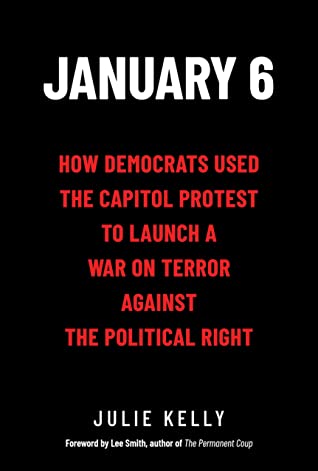
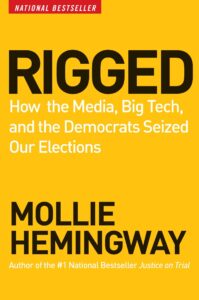

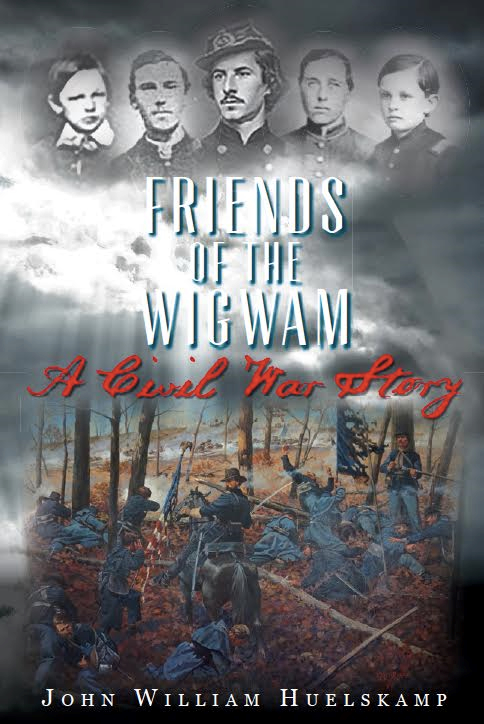 The Pecatonica River meanders its way across the northern section of Illinois as it works its way out of Wisconsin, slowly winding toward a junction with the Rock River west of Rockford. One would think that a stream hundreds of miles away from the action couldn’t be worked into a Civil War story, but author and historian John William Huelskamp succeeds in making this corner of Illinois a key player in the events surrounding the conflict. (Of course, it helps that the Commander-in-Chief at the time as well as the victorious Union general were both connected to that corner of the state in the years preceding the war.)
The Pecatonica River meanders its way across the northern section of Illinois as it works its way out of Wisconsin, slowly winding toward a junction with the Rock River west of Rockford. One would think that a stream hundreds of miles away from the action couldn’t be worked into a Civil War story, but author and historian John William Huelskamp succeeds in making this corner of Illinois a key player in the events surrounding the conflict. (Of course, it helps that the Commander-in-Chief at the time as well as the victorious Union general were both connected to that corner of the state in the years preceding the war.) As I described
As I described 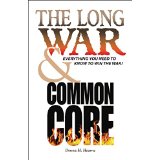 Reviewed by Cathy Keim
Reviewed by Cathy Keim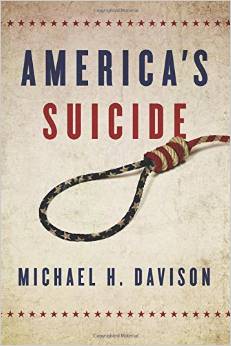 For decades there have been people convinced America’s greatness is behind her. Based on some of the evidence, though, a compelling case can indeed be made that this republic is in its final days and author Michael H. Davison believes that he both understands the problem and prescribes the cure in his new book, America’s Suicide.
For decades there have been people convinced America’s greatness is behind her. Based on some of the evidence, though, a compelling case can indeed be made that this republic is in its final days and author Michael H. Davison believes that he both understands the problem and prescribes the cure in his new book, America’s Suicide.